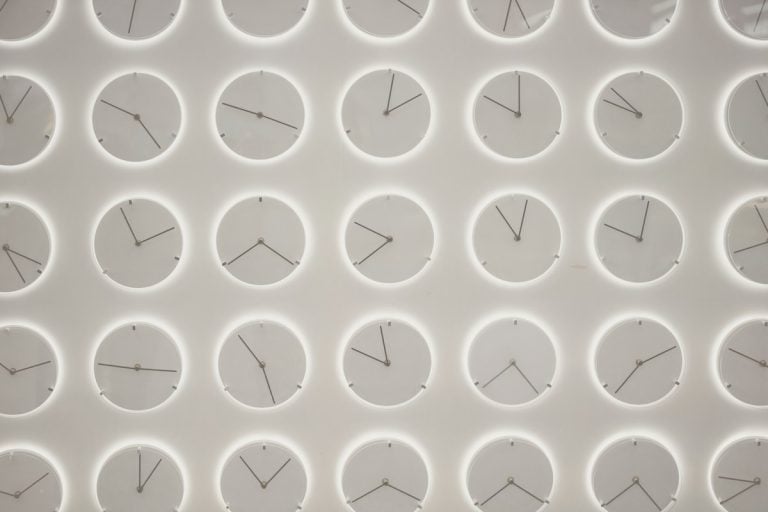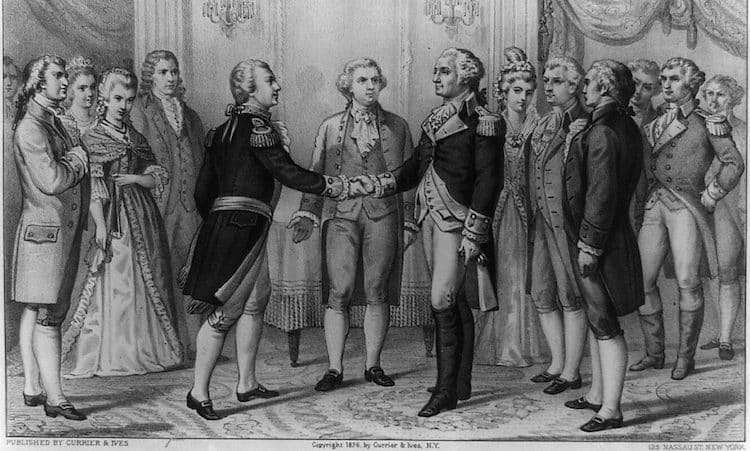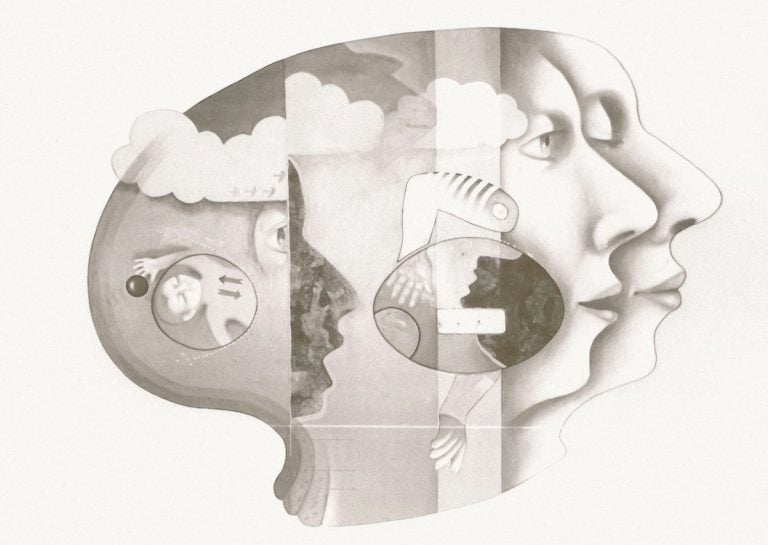The Four Transformations (Si Hua 四化) of Stars in Zi Wei Dou Shu

The Origin of the Four Transformations (Si Hua 四化)
Historically, when Zi Wei Dou Shu was rooted in astrology, this mechanism was designed to deduce events from celestial changes. With the integration of the I Ching, this astrological mechanism replaced traditional divination methods, offering a more structured and comprehensible approach. This integration allows the stars to adapt their influences based on the Heavenly Stems of the year and palace, enriching the interpretative depth of Zi Wei Dou Shu.
The Concept the Four Transformations (Si Hua)
In Zi Wei Dou Shu, the concept of the Four Transformations is both unique and fascinating. It likens the behavior of stars to the changing weather, where the temperature of water shifts—or even freezes—depending on the season. These transformations occur in response to varying temporal and spatial contexts.
Imagine a tree undergoing seasonal changes: budding in spring, flourishing in summer, wilting in autumn, and shedding leaves in winter. The tree remains the same, but its appearance transforms with the seasons. Similarly, the stars in Zi Wei Dou Shu exhibit different influences based on temporal and spatial shifts.
Determined by the Heavenly Stem of the year or palace. These transformations shape the characteristics of key stars and influence various palaces in a person’s natal and periodic charts.
Understanding the Four Transformations (Si Hua)
The stars in Zi Wei Dou Shu undergo four types of transformations based on the Heavenly Stem of the year. These transformations are:
- Transformation of Hindrance (Hua Ji 化忌): Often perceived negatively, Hindrance signifies an inner void or deficiency. This emptiness drives individuals to seek fulfillment. For instance, hunger (a void) motivates one to find food. This pursuit, though uncomfortable, propels action and change.
- Transformation of Enrichment (Hua Lu 化祿): This represents the acquisition of something previously absent, akin to consuming food to satiate hunger. It’s an external addition that fills an internal need.
- Transformation of Empowerment (Hua Quan 化權): This denotes control or possession. Continuing the analogy, after obtaining food, one decides how much to consume, reflecting authority over resources. It also implies amplification or duplication, such as buying extra food when extremely hungry.
- Transformation of Fame (Hua Ke 化科): This pertains to manifestation or display. Before enjoying a meal, one might photograph it to share, showcasing and gaining recognition. In the Wealth Palace, Transformation of Fame could indicate using finances to gain reputation, which might also lead to expenditures.
| Season | Transformation | Meaning |
|---|---|---|
| Spring | Enrichment 祿 (Hua Lu) | enhancement, beneficial, bonus, addition |
| Summer | Empowerment 權 (Hua Quan) | control, amplification, power, authority, duplication |
| Autumn | Fame 科 (Hua Ke) | fame, exposure, superficiality, recognition, prestige |
| Winter | Hindrance 忌 (Hua Ji) | void, emptiness, problems, dissatisfaction, expectation, hindrance |
How Stars Transform Based on the Heavenly Stem
The table below illustrates how the transformations of major stars correspond to each Heavenly Stem:
| Heavenly Stem | Enriched 化祿 | Empowered 化權 | Recognized 化科 | Hindered 化忌 |
|---|---|---|---|---|
| 甲 Jia | Diplomat | Vanguard | Martial | Sun |
| 乙 Yi | Advisor | Sage | Emperor | Moon |
| 丙 Bing | Child | Advisor | Literature | Diplomat |
| 丁 Ding | Moon | Child | Advisor | Darkness |
| 戊 Wu | Desire | Moon | Right Assistant | Advisor |
| 己 Ji | Martial | Desire | Sage | Creativity |
| 庚 Geng | Sun | Military | Child | Minister |
| 辛 Xin | Darkness | Sun | Creativity | Literature |
| 壬 Ren | Sage | Emperor | Left Aide | Martial |
| 癸 Qui | Vanguard | Darkness | Moon | Desire |
Determining the Heavenly Stem of the Year
To determine the Heavenly Stem of a particular year, start by identifying the last digit of the year:The first step is to find out the end digit of the year.
| 1 | 2 | 3 | 4 | 5 | 6 | 7 | 8 | 9 | 0 |
|---|---|---|---|---|---|---|---|---|---|
| Xin | Ren | Qui | Jia | Yi | Bing | Ding | Wu | Ji | Geng |
| 辛 | 壬 | 癸 | 甲 | 乙 | 丙 | 丁 | 戊 | 己 | 庚 |
For example, the year 1979 ends in 9, so its Heavenly Stem is Ji (己).
Lunar Year Adjustments
Keep in mind that the Heavenly Stem transitions with the Chinese Lunar Year, which typically begins in late January or early February. For those born in January or early February, it’s essential to confirm the exact Lunar New Year date. For instance, a person born on January 1, 1995, would fall under the Heavenly Stem Jia (甲) instead of Yi (乙), as the Lunar New Year had not yet begun.
Conclusion
The Four Transformations of stars add a dynamic layer to the study of Zi Wei Dou Shu, reflecting how celestial influences adapt to time and environment. Understanding these transformations and their relationship with the Heavenly Stem of the year can provide deeper insights into your natal chart, revealing opportunities, challenges, and personal growth pathways.
Subscribe to Newsletter
I share insights on Zi Wei Dou Shu, reflections on life, and practical guidance to help you navigate your journey.—subscribe and stay inspired!
Unlock the Secret of Destiny
Follow me on Facebook for fortune insights, life coaching, and wisdom from Zi Wei Dou Shu!





